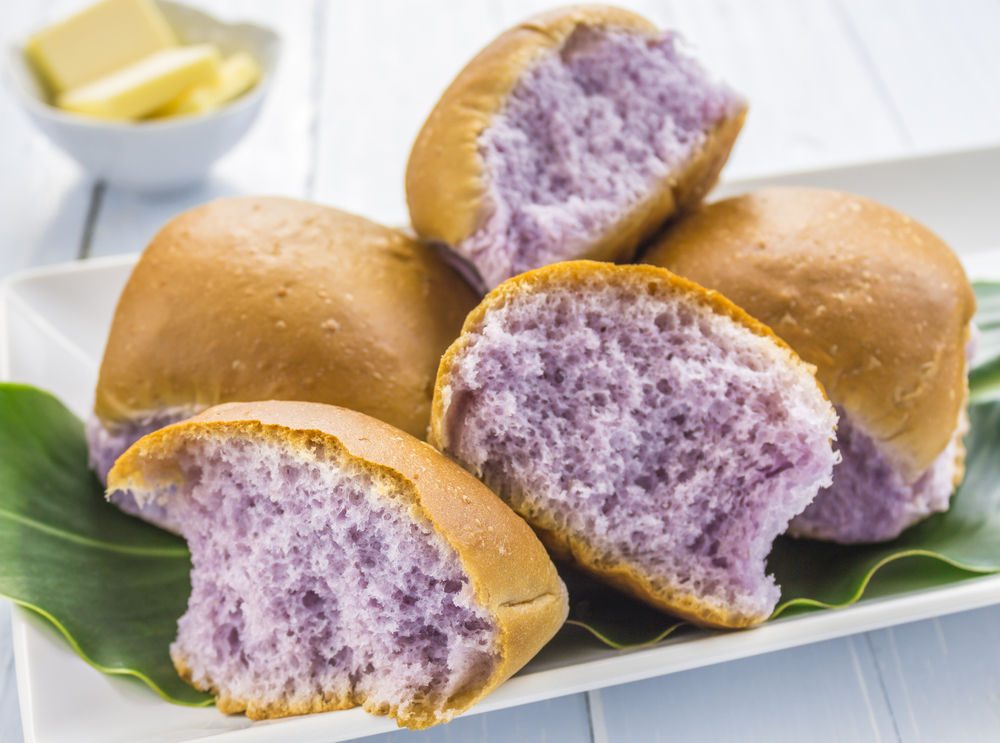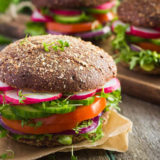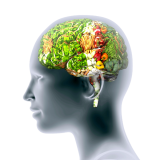

Standard white bread has long been under fire for its high glycemic index (GI), or the rate at which the starch is converted to blood sugars. It has been shown that adding whole wheat grains as well as other whole grains adds fiber and slows down the digestive process, lowering the glycemic index and reducing the blood sugar spike that comes after eating bread.
Anthocyanins
Most recently, attempts to make bread healthier and lower the glycemic index have included adding anthocyanins to the mix.
Anthocyanins (ACNs) are water-soluble plant pigments found in fruits and vegetables such as blackberries, grapes and blueberries, and give these plant foods their blue or purple colors. These anthocyanins are known for their anti-inflammatory properties and they have even been shown to be effective in reducing dementia and Alzheimer’s disease symptoms along with other neurological disorders. Learn more about the signs and symptoms of dementia. They can enter the brain, specifically the hippocampus and neocortex, where cogitative function and memory occurs.
Anthocyanins also prevent cardiovascular diseases, cancer and other inflammatory conditions. They have been shown to inhibit digestive enzymes, reducing the blood glucose spike that normally comes from consuming standard starch-filled breads.
Anthocyanins extracted from black rice have been added to bread in order to create bread that is digested up to 20% slower – reducing the glycemic index. This process leaves behind the rice starches but, due to the effects of the anthocyanins (inhibiting the digestive enzymes), it is still digested slower than regular bread. This is an exciting finding for those battling obesity or diabetes, as this bread may be much more manageable as part of a regular diet!
Studies have not proven that adding anthocyanins to other foods will reduce the glycemic index. So far this process only seems to work with bread due to its high starch content, but the possible implications for obese and diabetic patients are hopeful.





Where can people buy the purple bread made with anthocyanins extracted from black rice?